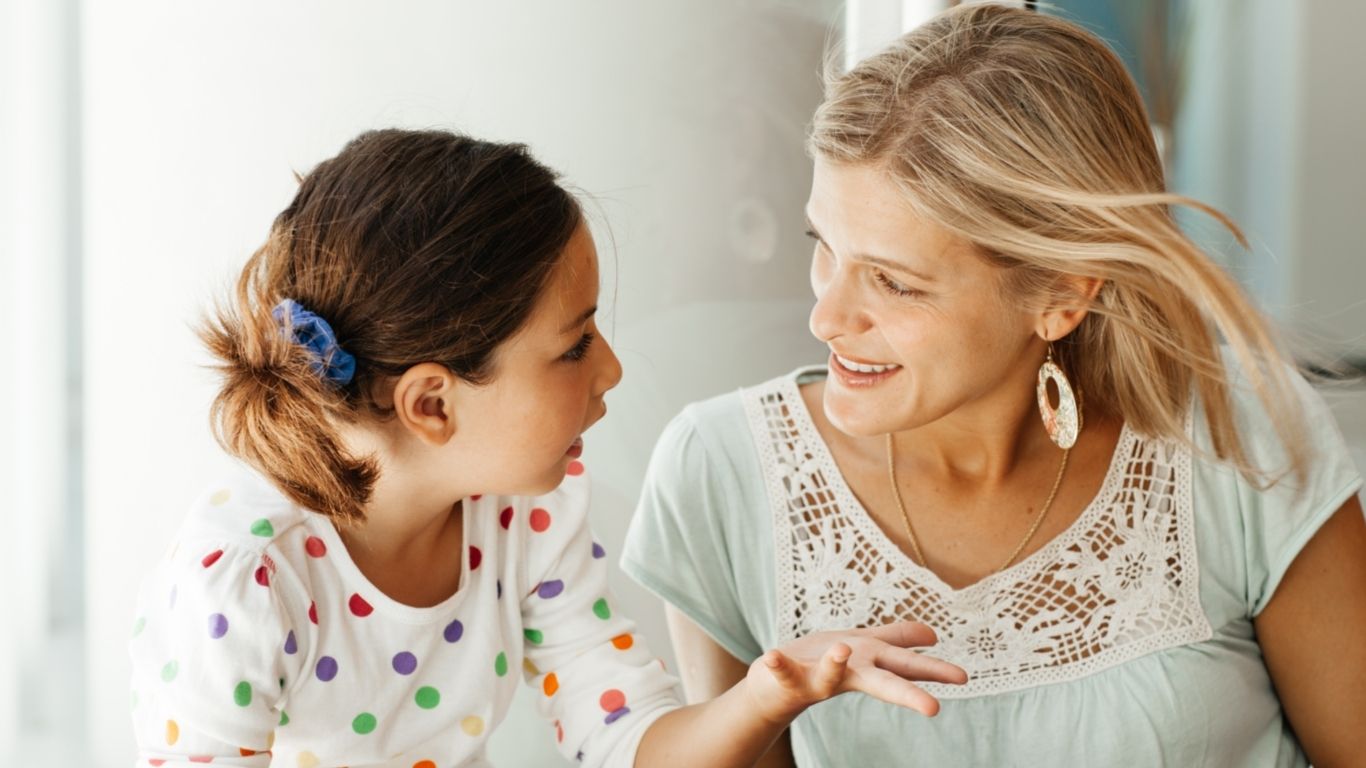Motivating Communication: Inspiring All Learners (Neurotypical, Neurodivergent & Special Needs Individuals)
What if the secret to unlocking your child’s voice isn’t more drills, but tapping into what truly motivates them to speak?
Effective communication is more than words, it’s connection, independence, and self-advocacy. Yet many children/ students lack the drive to express themselves, leading to frustration, isolation, and missed learning opportunities. Our experience at JSP found that ultimately it is parents, caregivers, and educators who play a vital role in igniting motivation to communicate, guiding learners toward participation in daily life, relationships, and school success.
Why Motivation Matters for Communication
- Foundation for Independence
When children see the power of their own voice, e.g. asking for a toy, sharing a feeling, or requesting help, they gain autonomy and reduce reliance on adults. - Social Connection & Belonging
Communication fuels friendships. Without motivation, learners may withdraw, miss social cues, and feel left out of games, class discussions, or family conversations. - Academic & Life Skills
Participation in class, following multi-step instructions, and asking questions underpin learning. A motivated communicator is more likely to seek clarification, engage with peers, and develop critical thinking.
What Happens When Motivation is Lacking
- Silence or Minimal Speech
Learners may use single words or gestures only when absolutely necessary, missing out on richer interactions. - Avoidance Behaviors
Refusal to answer questions, hiding during group activities, or shutting down when asked to speak. - Frustration & Meltdowns
Inability to express basic needs (“I want water”) leads to tantrums or self-stimulation (stimming) for relief. - Low Self-Esteem
Repeated misunderstandings erode confidence, causing learners to believe “I can’t speak” rather than “I haven’t yet learned how.” - Missed Learning Opportunities
Without motivated communication, learners rarely request help, slowing progress in reading, writing, or social skills.

Why Caregivers & Educators Need to Lead the Way
- Role Modeling
Children mirror communication behaviors. When adults consistently use clear language, positive reinforcement, and active listening, learners internalize the value of expressing themselves. - Creating a Safe Environment
Encouraging risk-taking in language (trying new words, making mistakes) requires trust. Sensitive, patient support reassures children that attempts, correct or not, are celebrated. - Embedding Communication in Daily Routines
Mealtimes, play, and chores become rich language lessons. Asking “What do you need?” and answering our own questions “Tom wants a chocolate cookie.” or narrating actions (“Now we wash hands”) turns every moment into motivation. - Setting Meaningful Goals
Collaborate with speech therapists to define small, achievable objectives—like using “please”, “more” to request an item—so progress is visible and rewarding. - Leveraging Interests & Strengths
Learners often have some particular interests (trains, animals, video games). Centering communication around these topics sparks enthusiasm to talk, ask questions, and share knowledge. - Leveraging Interests & Strengths
Learners often have some particular interests (trains, animals, video games). Centering communication around these topics sparks enthusiasm to talk, ask questions, and share knowledge.
Possible Strategies to Spark Motivation
- Choice & Control
Offer two or three options (“Do you want water or juice?”) to reinforce that speaking leads to results - Visual Supports & Scripting
Use icons, picture cards, or simple scripts to lower the barrier to speaking and build confidence. - Positive Reinforcement & Celebrations
Praise every attempt (“I like that you are saying ‘more’! Great effort!”) and celebrate with stickers, high-fives, or brief breaks. - Multisensory & Play-Based Learning
Integrate movement, tactile materials, and music to make language practice fun and memorable. - Tech Tools & AAC Integration
Tablets, speech apps, or communication boards give learners immediate access to words, boosting motivation. - Peer Pairing & Group Activities
Small-group games or buddy systems let learners observe peers and practice with minimal pressure. Explicitly narrating peers action helps learns observe helpful behaviours.

Embedding Communication Across Contexts
- Home
Narrate routines (“Mommy is cooking. What will you eat?”); create a “communication corner” with visuals and choice boards. - School
Collaborate with teachers to embed “talk routines” (morning greetings, question time) and use classroom visuals. - Community
Practice ordering food at a hawker stall, asking supermarket staff for favourite snacks, or greeting neighbors, all real-world opportunities.
Measuring Progress & Sustaining Motivation
- Data Tracking
Log attempts, words used, and context. Celebrate milestones like first spontaneous request or full-sentence answer. - Regular Feedback
Share successes with the child (“You asked ‘Can I play?’—excellent!”), and adjust goals with therapists. - Family & Educator Collaboration
Consistency across home and school prevents confusion. Regular check-ins ensure strategies remain relevant.
Ready to motivate communication?
Motivation to communicate transforms lives, unlock learning, relationships, and self-expression. Joyful Soul Psychology partners with parents, caregivers, and educators to build motivational environments, share practical strategies, and celebrate every word, phrase, and sentence. Together, we can ensure that every neurotypical, neurodivergent and special needs learner finds their voice, because communication is not just a skill, it’s a right.
Contact us for consultations, parent workshops, or group programmes. Let’s inspire your child to speak up, connect, and have fun!
